Just like the cereal aisle, the light bulb section can be quite overwhelming. “What do I need? CFL? Incandescent? LED? And what the heck are lumens and watts?” We’ve all had these questions and we’ve found some of the answers you’ve been looking for. In this blog post we’ll learn about the different types of light bulbs but most importantly, we’ll discuss how to recycle light bulbs responsibly.
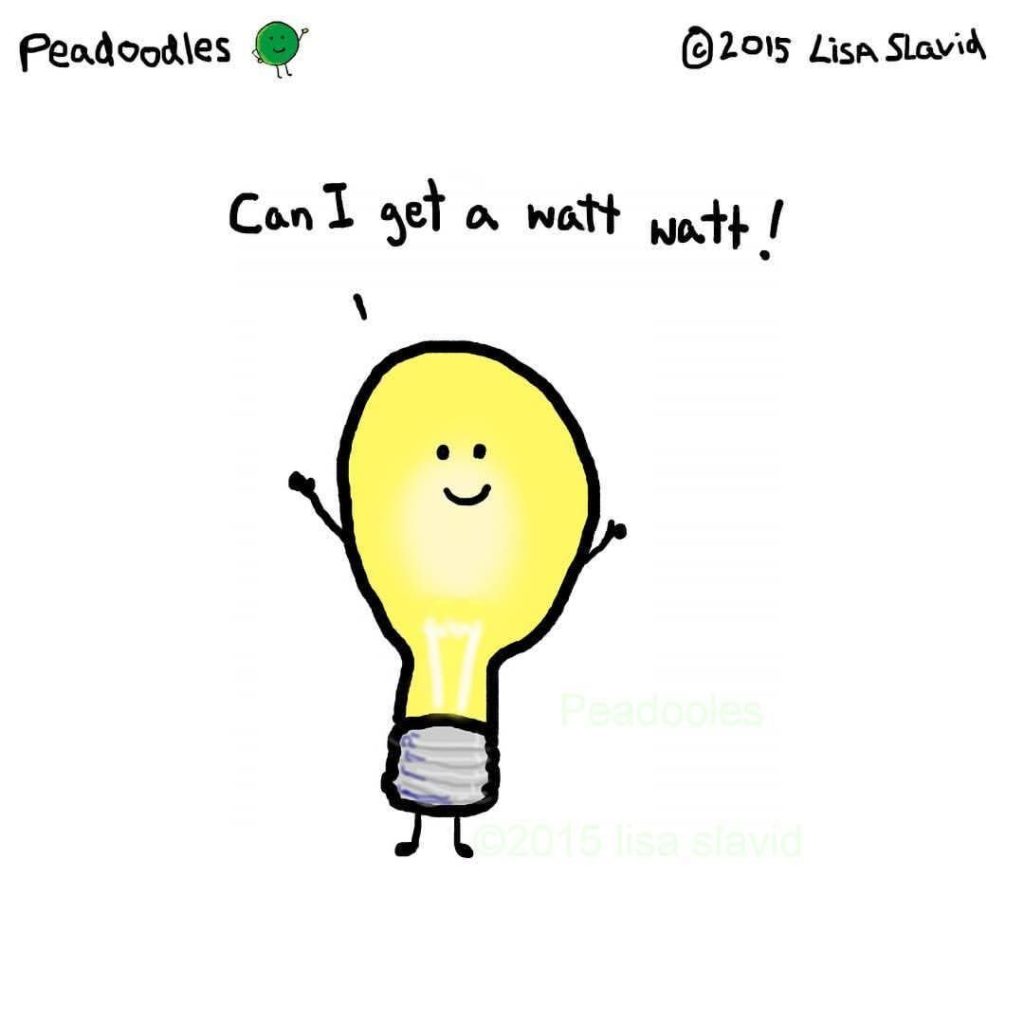
Watts and Lumens
Watts are the amount of energy that a light bulb will use. When shopping for light bulbs, you will see different numbers on the package; 60 watts, 80 watts, for example. The higher the wattage, the more energy the lightbulb will use.
Lumens are the amount of light that the bulb will emit. Some packaging will actually display the number of lumens the lightbulb will produce. The higher the lumens, the brighter your light bulb will be.
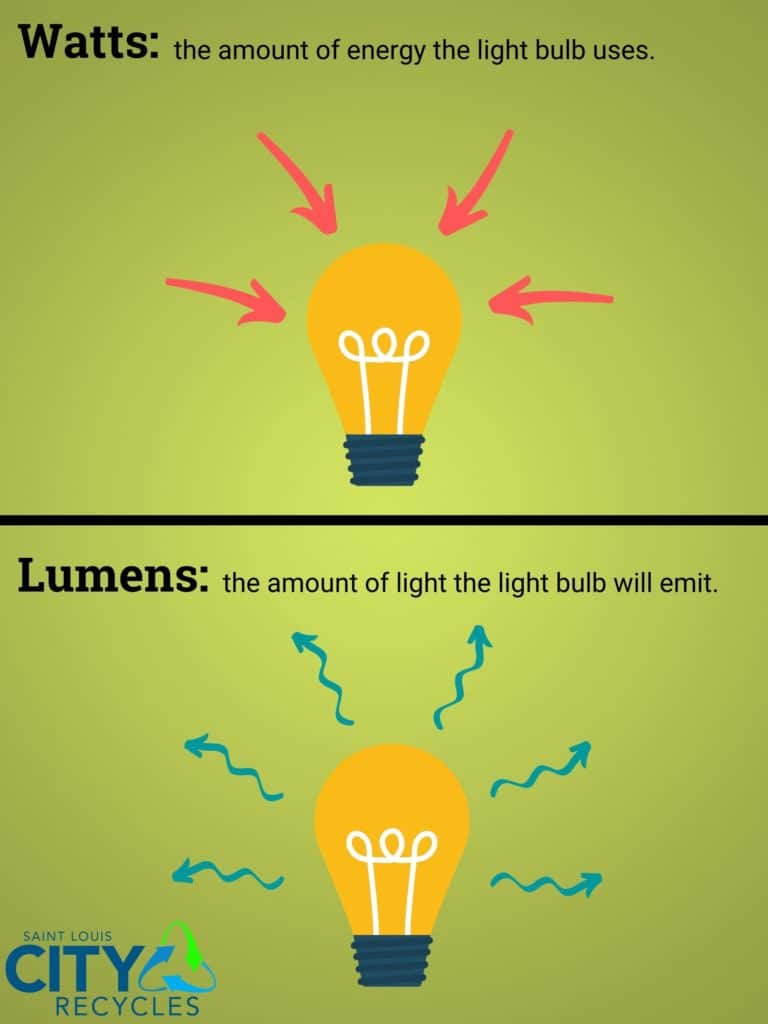
Incandescent Light Bulbs
Incandescent light bulbs aren’t extremely common anymore, but they’re often used for dimmable light fixtures, low-voltage lighting and vanity lighting. These bulbs are often referred to as “energy hogs” because they use more energy than most other light bulbs.
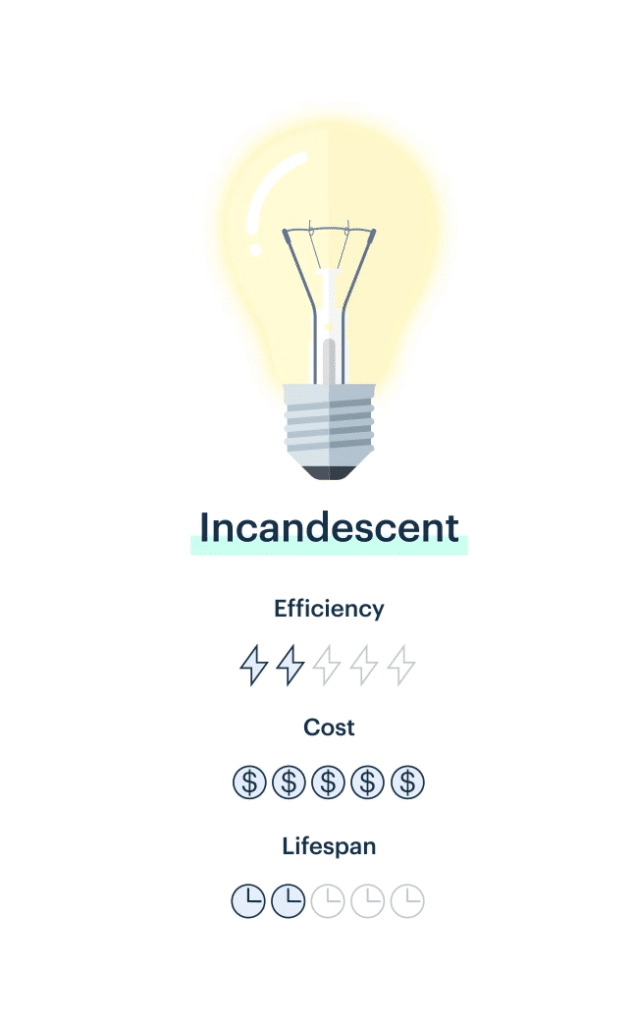
Incandescent light bulbs last about one year or 750 – 1,000 hours. They do not contain mercury and can be placed in our regular trash. Incandescent light bulbs are the least energy efficient light bulbs with about 90 percent of the energy generated in these bulbs being lost to heat rather than used for light!
Fluorescent Light Bulbs
Fluorescent light bulbs are typically used for large buildings like workspaces and department stores. These are those long tube lights we’ve all seen. These bulbs use less energy than incandescent bulbs, but aren’t the most energy efficient. Fluorescent bulbs have mercury vapor inside which is hazardous to the environment and our health. If you have these in your home, they must be disposed of at the Household Hazardous Waste facility (available for residential disposal only). If your workplace has old, fluorescent lights that you need to recycle, check our database to find a local retailer that will accept them for proper disposal.
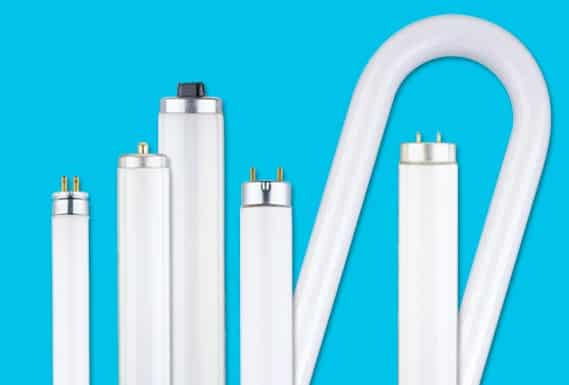
Compact Fluorescent Light Bulbs
Compact fluorescent (CFL) light bulbs are most recognized by their curlicue shape and the small amount of energy they require. CFLs use 70% less energy than incandescent bulbs! The lifespan of a CFL bulb is between 10,000-15,000 hours!
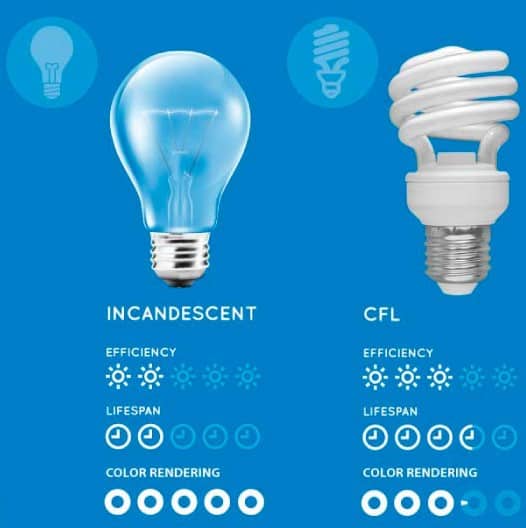
The biggest difference between incandescent and CFL bulbs is that CFLs contain mercury inside. Mercury is harmful to the environment and cannot be disposed of in our regular trash that gets sent to the landfill. These bulbs can be recycled at the Household Hazardous Waste facility with fluorescent bulbs.
Light Emitting Diode Light Bulbs
Light emitting diode (LED) lights are the most energy efficient light bulbs on our list. They use the least amount of energy and last a very long time. You can use LED lights in places you previously had incandescent lights or even old CFLs such as overhead lights and table lamps.
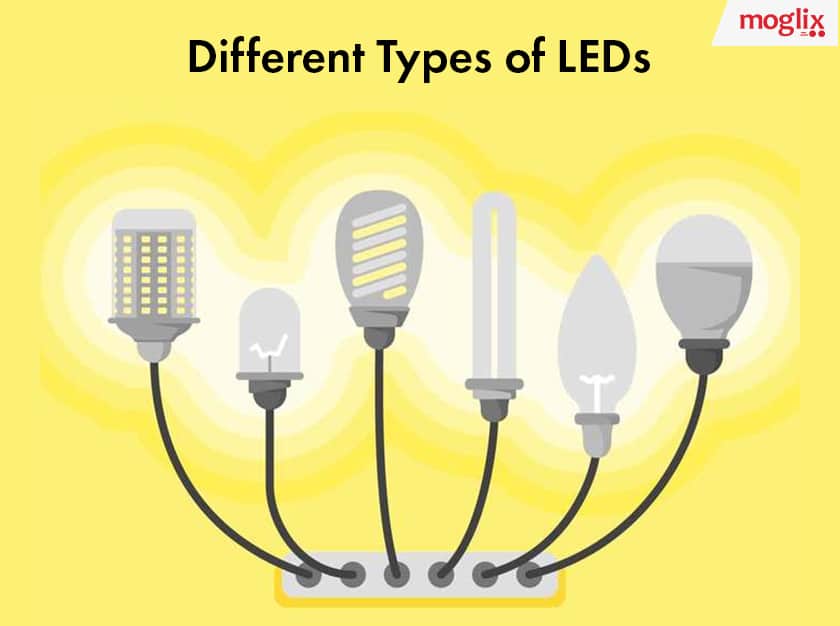
In addition to being the most energy efficient light bulb, LEDs can last up to 25,000 HOURS! That’s almost two years using a single light bulb! LED lights are made in all different shapes and sizes, even rope lights!
Locally, there is not a place that accepts LED lights for recycling. LED lights do not contain mercury or other harmful chemicals and can be placed in the trash.
Lights Out!
We’ve learned that some light bulbs can be put in the trash because they are not hazardous and there are some light bulbs that must be recycled Beyond the Blue Bin or at the Household Hazardous Facility because they contain harmful chemicals. It also makes the most sense to choose energy efficient bulbs to save money on light bulbs, energy use and reduce waste.
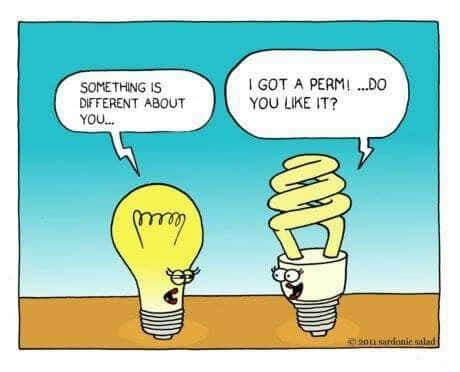







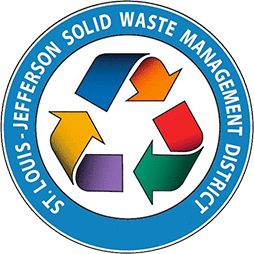



1 Comment
Thanks Samantha, been wondering how to deal with different bulb disposal.